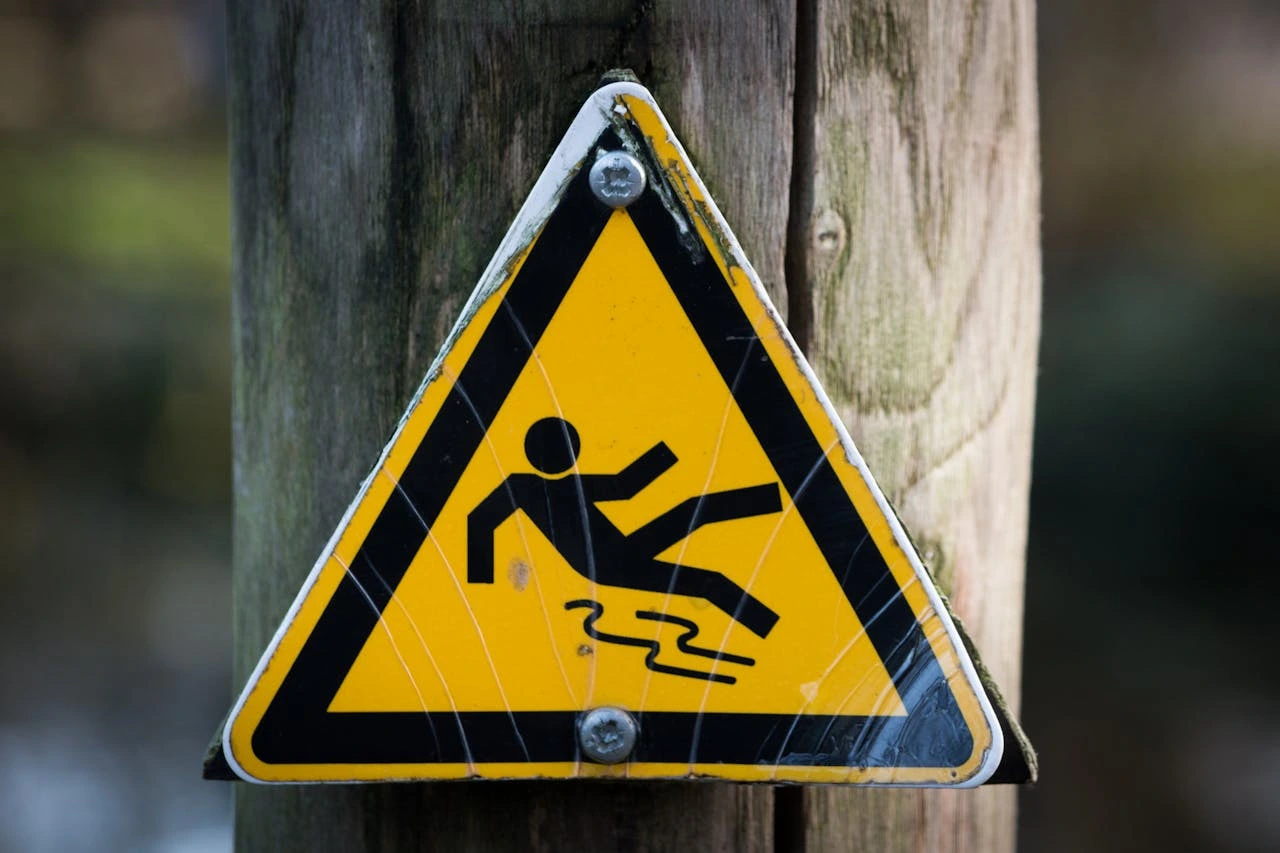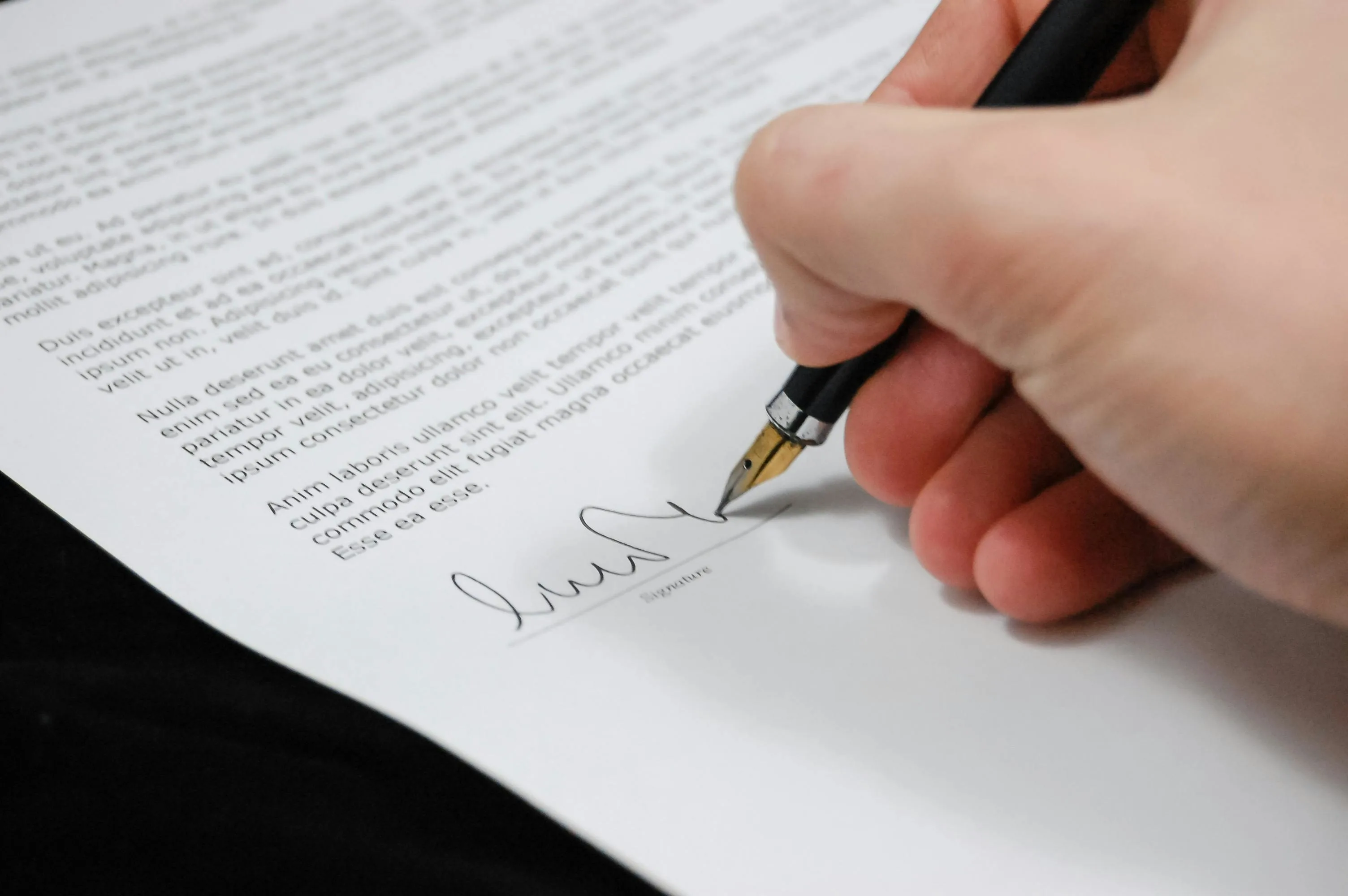Slip and Fall

Slip and Fall Accidents in Connecticut
A slip and fall accident can lead to severe injuries, financial strain, and emotional hardship. In Connecticut, these incidents are governed by premises liability law, which holds property owners accountable for unsafe conditions. At our law firm, we provide honest, high-quality legal representation, delivering candid advice to clarify your case’s realities. With tireless support, we fight for maximum compensation to cover medical bills, lost wages, pain and suffering, and more, guiding you through every step until resolution.
Why Slip and Fall Cases Are Complex
Slip and fall accidents occur when hazardous conditions—such as wet floors, uneven surfaces, icy sidewalks, or poor lighting—cause injury on someone else’s property. In Connecticut, falls account for over 1,000 hospitalizations annually, particularly affecting the elderly and workers in industries like construction or retail. Unlike dog bite cases, which benefit from strict liability, slip and fall claims require proving the property owner’s negligence, making them legally intricate and challenging.
Connecticut’s Slip and Fall Laws
Understanding Connecticut’s premises liability laws is critical for pursuing a claim. Key legal points include:
- Duty of Care:
- Property owners (or occupiers, like tenants or businesses) must keep their premises reasonably safe and warn of known hazards. The duty varies by visitor status:
- Invitees (e.g., customers): Owners must inspect, repair, or warn of dangers (highest duty).
- Licensees (e.g., social guests): Owners must warn of known hazards but not inspect.
- Trespassers: Owners must avoid intentional harm but aren’t liable for unknown hazards. Children may be protected under the attractive nuisance doctrine (e.g., for unguarded pools).
- For public property (e.g., sidewalks), claims against municipalities require written notice within 90 days (CGS § 13a-149).
- Property owners (or occupiers, like tenants or businesses) must keep their premises reasonably safe and warn of known hazards. The duty varies by visitor status:
- Proving Negligence:
- To recover damages, you must prove:
- A dangerous condition existed (e.g., spilled liquid, broken stairs).
- The owner knew or should have known about it (actual or constructive notice).
- The owner failed to fix or warn of the hazard in a reasonable time.
- The condition caused your injury.
- Example: A grocery store may be liable if a spill went unaddressed for hours without warning signs, leading to your fall.
- To recover damages, you must prove:
- Modified Comparative Negligence:
- • Under Connecticut’s modified comparative negligence rule (CGS § 52-572h), you can recover damages if you’re less than 51% at fault (e.g., for not noticing a hazard). Your compensation is reduced by your fault percentage (e.g., 20% fault in a $100,000 claim yields $80,000). If you’re 51% or more at fault, recovery is barred.
- Statute of Limitations:
- You have 2 years from the injury date to file a personal injury lawsuit (CGS § 52-584). For municipal claims (e.g., public property defects), written notice is required within 90 days. Missing these deadlines typically results in case dismissal.
- Snow and Ice Rules:
- The ongoing storm doctrine (Kraus v. Newton, 1989) shields owners from liability for snow/ice injuries during an active storm until a reasonable time after it ends (e.g., to shovel or salt).
- Local ordinances (E.g., Hartford’s 6-hour sidewalk clearing rule) set post-storm duties.
- Liability may apply under unusual circumstances if the owner’s actions worsen hazards (e.g., improper snow removal causing ice).
- Insurance Coverage:
- Claims are often covered by the property owner’s homeowner’s, renter’s, or commercial general liability insurance. If the owner lacks insurance, we explore other liable parties (e.g., tenants, contractors).
Steps to Take After a Slip and Fall
Prompt action is essential to protect your health and strengthen your claim. Follow these steps:
- Seek Medical Attention: Visit a doctor immediately, even for minor injuries, to prevent complications (e.g., internal injuries) and document your condition. Medical records are key evidence.
- Report the Incident: Notify the property owner or manager (e.g., store staff, landlord) as soon as possible to create a record. Request a copy of any incident report.
- Document the Scene: Take clear photos of the hazard (e.g., wet floor, uneven pavement), your injuries, and the location. Use a high-quality camera (not Polaroid) or let us arrange professional photography. Collect witness contact information.
- Preserve Evidence: Keep damaged clothing, shoes, or other items related to the fall.
- Avoid Social Media: Do not post about the incident, as statements could be used against you.
- Contact Our Firm: Act quickly to meet the 2-year statute of limitations (or 90 days for municipal claims) and preserve evidence.
Types of Recoverable Damages
Slip and fall injuries can lead to significant losses. We fight to recover:
- Medical Expenses: Costs for doctor visits, hospital stays, surgeries, physical therapy, prescriptions, and assistive devices (e.g., crutches, wheelchairs).
- Lost Wages: Income lost during recovery or medical appointments, including used sick leave.
- Pain and Suffering: Physical pain and emotional distress, documented via a daily or weekly diary.
- Disability: Limitations on daily tasks or work activities. List all affected activities.
- Scarring/Disfigurement: Compensation for permanent scars, especially in visible areas. Document with high-quality photos or professional photography (we can arrange this).
- Diminished Earning Capacity: Reduced ability to work due to temporary or permanent disability.
- Loss of Enjoyment of Life: Activities you can no longer do (e.g., hobbies, sports). List all affected activities.
- Outside Help: Costs for hiring help with tasks like housekeeping, lawn care, or childcare. Keep receipts and canceled checks.
- Loss of Consortium: Impact on your marriage, including loss of companionship or shared activities (e.g., vacations, outings).
- Emotional Distress: Anxiety, PTSD, or other psychological impacts from the fall.
How Our Firm Can Help
Slip and fall cases are complex due to the need to prove negligence, counter defenses (e.g., “open and obvious” hazards), and navigate insurance company tactics. Our firm provides:
- Candid Advice: We explain your case’s strengths and challenges, ensuring you understand Connecticut’s premises liability laws and potential obstacles.
- Evidence Collection: We gather incident reports, photos, witness statements, surveillance footage, and expert testimony (e.g., safety inspectors) to prove negligence.
- Insurance Negotiations: We counter lowball offers from insurers to secure fair compensation for all damages, including non-economic losses like pain and suffering.
- Timely Action: We file claims or lawsuits within the 2-year statute (or 90 days for municipal claims) to protect your rights.
- Support: We guide you from consultation to resolution, offering free consultations and working on a contingency fee basis (no fees unless we win).
- Maximum Recovery: We account for every loss, from medical bills to loss of enjoyment, to maximize your verdict.
Unique Challenges in Slip and Fall Cases
- Proving Notice: Unlike dog bite cases with strict liability, you must show the owner knew or should have known about the hazard. This requires evidence like prior complaints or maintenance records.
- “Open and Obvious” Defense: Owners may argue the hazard was obvious (e.g., a visible spill), shifting blame to you. We use evidence to counter this and prove their negligence.
- Municipal Claims: Claims against towns for defective public property (e.g., cracked sidewalks) require strict 90-day notice and proving the defect was the sole cause of injury.
- Uninsured Owners: If the owner lacks insurance, we explore other liable parties (e.g., tenants, property managers) or your own insurance (e.g., medical payments coverage).
- Severity of Injuries: Falls often cause fractures, TBIs, or spinal injuries, especially in the elderly. We document long-term impacts to maximize compensation.
Practical Tips
- Act Quickly: Report the incident and contact us promptly to preserve evidence (e.g., spills may be cleaned) and meet deadlines.
- Follow Medical Advice: Adhere to treatment plans to support your health and claim.
- Avoid Admissions: Don’t admit fault (e.g., “I should’ve watched my step”), as it could reduce your recovery under comparative negligence.
- Check for Surveillance: Ask if the property has security footage, which can prove the hazard’s duration.
- Wear Proper Footwear: Appropriate shoes can reduce fault arguments in future incidents.
Why Act Now?
With over 1,000 fall-related hospitalizations annually in Connecticut, the stakes are high. Insurers often offer quick, inadequate settlements or deny liability, citing victim fault or lack of notice. Our firm ensures you receive the maximum compensation you deserve for medical costs, lost income, and emotional distress.
Contact us today for a free consultation to protect your rights and start your recovery after a slip and fall accident.

